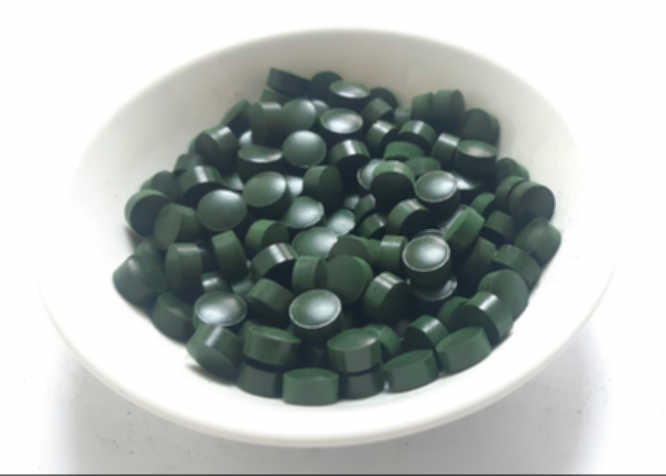Microalgae are very small algae observed under the microscope, they live in freshwater and marine environments. To this day, the diversity of microalgae in the ocean, freshwater and brackish water is very diverse and is a rich source of raw materials in all areas of life (food, cosmetics, fuel…). An estimated 30,000 to 1 million species exist today, but only a few have commercial applications in fuel, food, and cosmetic production. The advantage of microalgae is not competitive for land in the current context of increasing population over time.
In developed countries with busy and modern lifestyles their diet is greatly affected. This has had great consequences and leads to an increasing rate of obesity, blood fat, diabetes, and heart-related diseases. In order to have a scientific lifestyle and a balanced diet that provides enough antioxidants, vitamins… Therefore, they have used microalgae as a healthy food to provide essential nutrients. Algae such as Chlorella and Spirulina have been widely used in countries such as Japan, China and European countries.
Spirulina (Spirulina) is currently gaining much attention and being consumed in the diet for health benefits. In microalgae there are many essential substances for our body, it contains vitamins such as vitamins A, B1, B2, B6, B12, C, E and minerals such as potassium, iron, magnesium, iodine. Especially, the protein content in spirulina is among the highest in food today, the amount of protein in spirulina is three times higher than that of beef and two times higher than that of soybeans. Studies have shown that spirulina has been shown to lower cholesterol and triglyceride levels, lower blood pressure and control blood sugar levels. Adding spirulina to the diet increases the hemoglobin concentration of red blood cells in the elderly and improves their immune systems. Moreover, spirulina is called a “superfood” by the World Health Organization (WHO).


